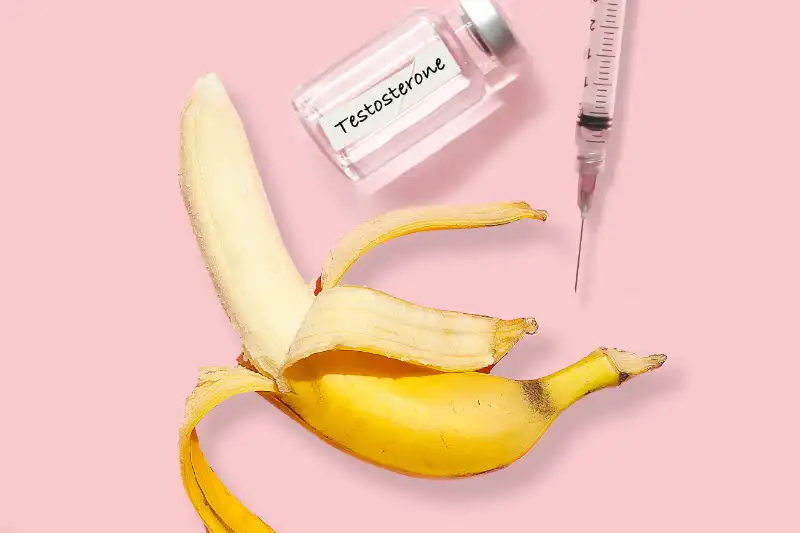As the world prepares for the selection of a new pontiff following the passing of Pope Francis, attention is turning not only to the process of the conclave, but also to the ceremonial attire that will define the next era of the papacy. In Edward Berger’s acclaimed film Conclave, the opulent cassocks of the future pope are depicted as almost mythical garments more couture than mere vestments, capturing both the grandeur and the mystique that surround the Holy See’s traditions.

The clothing of the pope has always been more than just fabric and ornamentation. While the pontiff’s responsibilities include spiritual leadership, international diplomacy, and the administration of the Catholic Church, the visual language of papal dress sends powerful messages to both followers and observers worldwide. Every garment, from the camauro to the pallium, from the zucchetto to the ferula, is meticulously chosen to reflect values, character, and even the political stance of the man who wears them.
Throughout history, papal style has fluctuated between extravagance and humility. Pope Benedict XVI became famous for his vibrant reds, ornate crosses, and iconic footwear, often rumored incorrectly to be Prada. In contrast, Pope Francis favored minimalist, plain white robes and unadorned shoes, embodying his reputation for humility and accessibility. His personal style, once described as “more Uniqlo than Balenciaga,” set a new tone for the papacy and made headlines around the world, even earning him a spot on the cover of Rolling Stone.

When the next pope is chosen, the world’s fashion experts and ecclesiastical commentators alike will be watching closely. Every detail from lace rochets to the shade of the soutane will be analyzed for deeper meaning. Will the new leader lean toward the lavish aesthetics of tradition, or adopt a more understated and egalitarian approach?
The creation of papal garments is a specialized art. For the past two papacies, Filippo Sorcinelli and his atelier, L’Atelier Vesti Sacre, have crafted vestments for the Vatican. Sorcinelli, known for his modern sensibility and connection to both the Catholic faith and the LGBTQ community, draws inspiration from early Christian symbolism. His silk chasubles and intricate robes can take up to 1,000 hours to sew, blending craftsmanship with deep spiritual meaning. The prices range from 1,000 to 7,000 euros, underscoring the value placed on tradition and quality.

The influence of religious vestments has also reached the runways of high fashion. Designers like Versace, Dolce & Gabbana, and Balenciaga have all referenced Catholic imagery and papal motifs in their collections. The Metropolitan Museum of Art’s “Heavenly Bodies” exhibit in 2018 highlighted the enduring fascination with the relationship between fashion and the Catholic imagination, displaying both Vatican treasures and contemporary designs inspired by religious iconography.
This convergence of faith and fashion is not limited to ecclesiastical garments. Even in classic menswear, designers and artists have drawn on the solemnity and symbolism of Catholic ceremony. For many, the visual language of the Church from the shapes of crosses to the cut of a cassock leaves a lasting impression that shapes their aesthetic sensibilities.
As the Catholic Church enters a new era, the next pope’s wardrobe will become a canvas for expressing not just personal identity, but also the spirit of an institution that continues to evolve. Expect a surge of interest in silk chasubles, lace rochets, and the subtle codes woven into every stitch a reminder that, sometimes, what a leader wears speaks as loudly as what he says.





